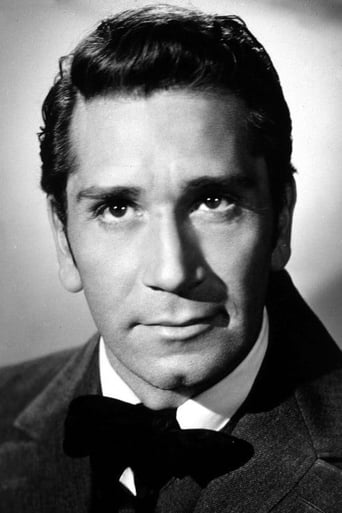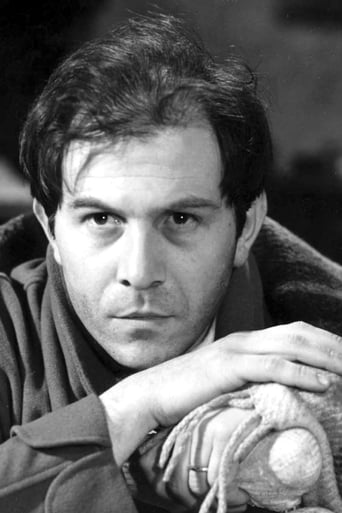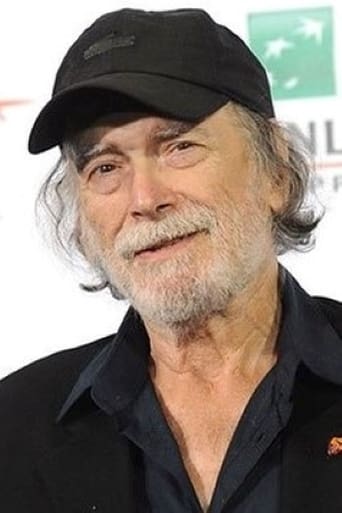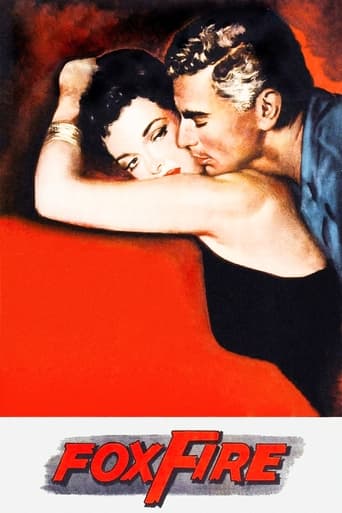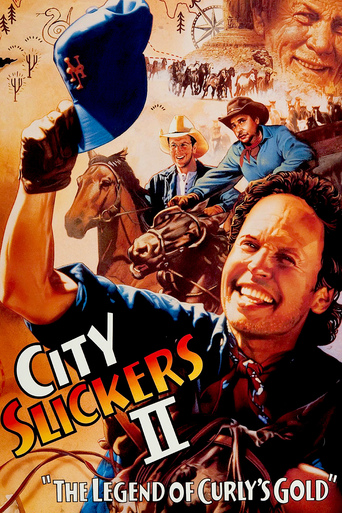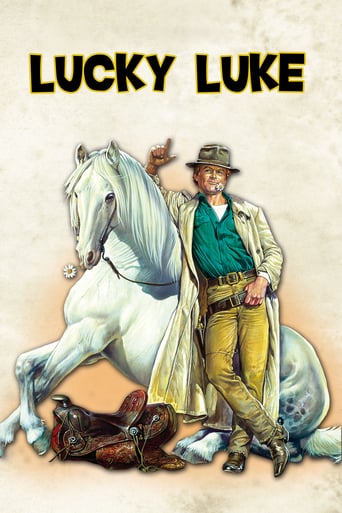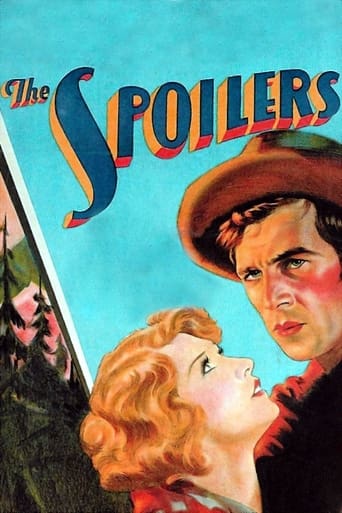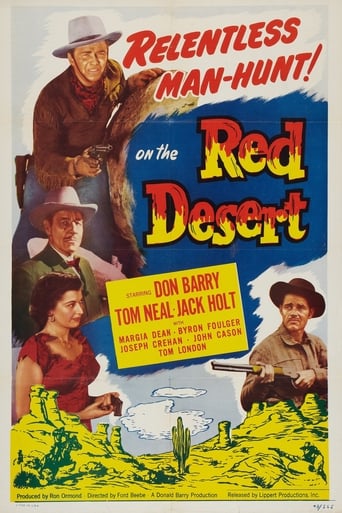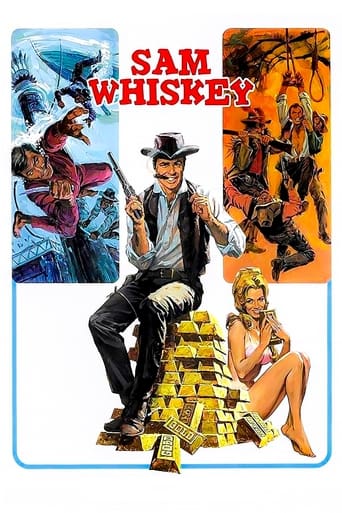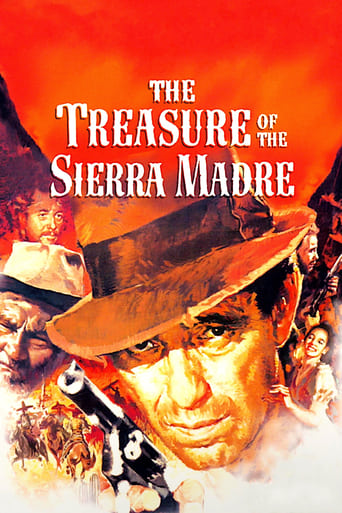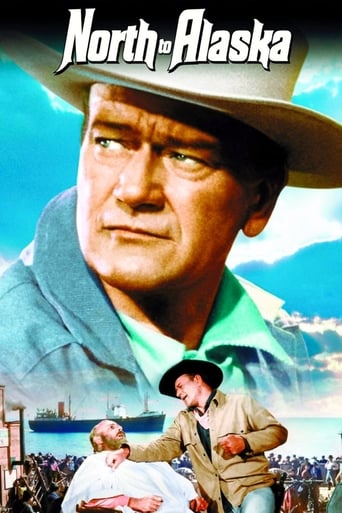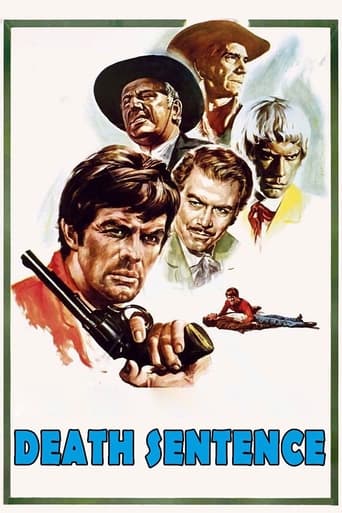

Death Sentence (1968)
Four men killed Django's brother a long time ago. A withdrawn rancher, a notorious card player, a despotic priest and a crazy albino with an obsession for gold. The relentless Django seeks for revenge and hunts them down without mercy.
Watch Trailer
Cast


Similar titles
Reviews
This moving and pretty surreal Spaghetti packs impressive duels , crossfire , rare events , and turns with exciting final . For money , for pleasure, for revenge, he doesn't care why he kills or how ; as Django heads west for vengeance . Four gunslingers (Richard Conte , Enrico Maria Salerno , Adolfo Celi , Tomas Milian) killed Django's (Robin Clarke) brother a long time ago . The merciless Django seeks for revenge and hunts them down without mercy and is willing to kill them . Soon ¨Django¨ or ¨Cash¨ tracks the others to a strange town where inhabitants strung up the gang . The stranger executes a single-handedly revenge , as he shoots , ravages and murders each person involved in his brother's killing.Maccaroni western with habitual elements such as noisy action , chases , brawls , poker game , go riding , shootouts and it has some other very bizarre elements as Robin Clarke is crawling out of a mass grave or drinking cups of milk . This technical crudeness and rare histrionics in this movie mingle to create a bizarre and fascinating surreality . This pretty straight-forward film contains a complex screenplay filled with offbeat issues . The acting is pretty good , especially Tomas Milian's performance is great (as always), as a crazy albino . Here appears a lot of Italian secondaries , ordinary players in Spaghetti Western . As the supporting cast includes Adolfo Celi who plays the villainous landowner priest and does a great job . Like many other movies with Django in their title, this ¨Django Unbarmherzig Wie Die Sonne¨ or ¨Sentenza Di Morte¨ or ¨Death Sentence¨ has little to nothing to do with Sergio Corbucci's 1966 masterpiece "Django", however it is one of the best of these movies . This ¨Django Unbarmherzig Wie Die Sonne¨ was just given its Django-name in German and English, due to the success of Corbucci's masterpiece . According to the the producers decided to release the movie in countries outside Italy as "Django" as a way to take advantage of the success of a prior release , Django (1966) starring Franco Nero . There is plenty of action in the movie , guaranteeing some violence , shoot'em up or stunts every few minutes . There is a very odd implementation of shots in the camera work during some particular scenes as the film approaches its climax , as in the final and the exciting conclusion . The movie gets the usual Western issues , such as avenger antiheroes , violent facing off , exaggerated baddies , soundtrack with Morricone influence , among them . The sense of pacing is such that his film can be counted on to move quickly and smoothly . Italian production full of action , excessive characters , shootouts and lots of violence . This meaty Western contains an interesting but twisted plot , violence , thrills and results to be quite entertaining , though drags at times , balancing in ups and downs . A good example of Latino western genre from Italy ; it is daring , surreal and notoriously violent Spaghetti , so extreme in every way , it is one of the handful of great Italian Western . Offbeat Spaghetti Western and it is proceeded in violent style and unusual narration . The film packs violence , gunplay and high body-count ; it's fast moving and quite entertaining . It's a thrilling western with breathtaking confrontation between the protagonist Robin Clarke against a withdrawn rancher : Richard Conte (They came to Cordura) , a notorious card player Enrico Maria Salerno (who starred Spaghettis as ¨Train to Durango¨, ¨Bandidos¨, ¨3 Pistole Contro Cesare¨) , a despotic priest : Adolfo Celi (Yankee, Thunderball) and an insane albino : Tomas Milian with an obsession for gold . Robin Clark is fine , he ravages the screen , hit and run and kills . Tomas Milian as crazy albino is good , though pretentious and overacting , he stays interesting throughout . The Cuban Tomas Milian plays splendidly , he had got fame and fortune with his character ¨Cuchillo¨ from the trilogy directed by Sergio Sollima . Tomas created his own image and propelled himself to stardom in likewise fashion with such important Spaghetti as ¨The Bounty Killer¨ (1966) ¨The Big Gundown¨ (1967) with Lee Van Cleef, ¨Face to Face¨ (1967), ¨Django Kill!¨ (1967) and ¨Run, Man, Run¨ (1968) , ¨Sonny and Jed¨, ¨Tepepa ¨ and ¨Compañeros¨ , getting maxim popularity with his hippie cop character , Nico Giraldi , from ¨Cop in Blue Jeans¨ ,"Squadra Antimafia" ¨Squadra Antigangsters¨ and sequels . He nowadays continues acting in secondary as well as prestigious roles such as in ¨Traffic¨, ¨ The Yards ¨, ¨Amistad¨, ¨The burning season¨, ¨Nails¨, ¨JFK¨, ¨Havana¨, among others . Good production design creating an excellent scenario with luminous outdoors , shimmer deserts under a shinning sun and fine sets in desert of Tabernas , Almeria . Good photography , including a nice remastering . As it displays a colorful and evocative cinematography in Technicolor Techniscope by Antonio Secchi . The cinematography and the locations are great , and so is the theme song , which I can't get out of my head. Great musical score by Gianni Ferrio , furthermore a catching and emotive leitmotif . The motion picture was well directed by Mario Lanfranchi at his best , in pseudonym Johnny Jordan . He began his career as a film director with this western , followed by several other movies of different genres. Known for his Operas as he was pioneer of Italia television and the first one to bring opera to the small screen, including Lucia Di Lammermoor , La Traviata , Turandot , La Sonnambula , and in 1956, with "Madama Butterfly", which did rise his wife Anna Moffo to the rank of diva . It is a must-see for us fans of Spaghetti Westerns and Tomas Milian fans .
For a poll being held on ICM for the best movies of 1968 I started to gather Spaghetti Westerns to watch from the year. Whilst gathering up the most famous Spaghetti's from the year,I stumbled on a lesser known one that I've heard about for years,which led to me joining Django for four adventures.The plot:Learning that his brother has been killed by four outlaws,Django vows to get his revenge.Story 1:Appearing from out of nowhere in a desert,Django sets his sight on retired farmer/thief Diaz. Thinking he can lock Django in a death pen on his farm,Diaz soon finds that the sands of time have other plans.Story 2:Traveling to a remote town,Django finds the locals surrounding the table of his next target Montero,who is a ruthless gambler that never loses a hand. Joining the table,Django pulls out the death card.Story 3:Going to a town ruled by outlaws,Django gets lassoed by the fire and brimstone of church leader Friar Baldwin. Aware of who he is,Baldwin gets set to perform last rites on Django,but soon meets his end of days.Story 4:Finding out that a town has lost its bank after outlaw (and one of his brothers killers) O'Hara has left the place bare,Django decides to open up a bank. Bringing bags of money into the bank,Django sees the face of O'Hara reflecting in the gold.View on the film:Originally written as a non-Western Giallo four part TV series,the screenplay by writer/director Mario Lanfranchi smoothly converts the eps to a Western setting,with a 20-30 minute run time for each "ep" allowing a clean sketch of each encounter to be drawn,and for the peculiar elements to grow. Coming from a stage background, Lanfranchi makes the extended dialogue exchanges drip with dread,as the vagueness which Django keeps his background in,gives this avenging outlaw an otherworldly gloss.Introducing Django like a mirage in the desert, director Lanfranchi & cinematographer Antonio Secchi cast an entrancing supernatural Horror atmosphere, where eclipses of the sun are scattered across the screen and stylish tracking shots round the gambling table move with Django's dance of death. Backed by an unsettling score from Gianni Ferrio, Lanfranchi brilliantly sends Django into a surrealist nightmare. Spilling from the peculiar actions of Django that includes drinking milk by the pint instead of booze, Lanfranchi shakes the screen in waves of startling colours, via a deeply unsettling ghostly mood where over saturated colours follow Django's bullets,and lead to a thunderous final battle in a Gothic Horror church.Although he fell out with Lanfranchi. (who is a fantastic "character" on the bonus interview) over the director being "Too intellectual" Tomas Milian gives an absolutely barking mad performance as O'Hara,who Milian sends into a quivering mess at the mere sight of a hot blonde or Django having a fistful of gold. Becoming agitated on set after finding out that Lanfranchi had sent his girlfriend Ali MacGraw back to the US due to her endless spats with his lead, Robin Clarke gives a simmering performance as Django,via the stark calm Django shows when first meeting his next victim,being shot down by Clarke with a calculating fury,in these four tales of Django.
"Better luck next time except there won't be a next time for you." Those are the very last words of the lyrics of the song that close the movie. And it's very descriptive of the movie. It doesn't even care to be thoughtful enough for an individual SEQUENCE taken for itself to be coherent or make sense. It obviously just strings together cool elements that end up being less than the sum of their parts yet you still somehow get the idea and with the right attitude you should get quite a lot of enjoyment out of it. The film is mostly set-pieces without them ever really being set up. The situations are always about life or death and rules are being made up as they go along..The movie starts with two men walking through the desert. One guy has two guns and no water. The guy in a safe distance behind him following him has water but no guns. Cool setup, huh? Yeah, except that it doesn't make an ounce of sense. Why would the guy with the guns run away deeper into the desert from the guy with the water? Wouldn't it make more sense the other way around? Through "Spaghetti Western Flashbacks" (courtesy of Quentin Tarantino) we learn that the guy with the guns, together with three other guys, killed the waterboy's brother and he wants revenge, which is what holds the movie together. Waterboy's revenge against four men who he is finishing off one by one in separate episodes is all there is to the plot. They are all killed in funny ways but let me just tell you about how this first "episode" ends.At night the two men take a break and they make a nap in the cozy desert sand (the duo-gun man rests next to a cross that sticks out of the sand in the middle of the desert) while waterboy uses the time to build a fake well out of stones that lie around. You see, earlier that day waterboy yelled to duo-gun man: "Hey, behind that dune over there is a well. Look, fresh water. Yum! (drinking the same old water he's been carrying around all along)" So the next morning (waterboy wasn't anywhere in sight) duo-gun man checks behind that dune and lo and behold, a well! He robs to it, looks into it and...all he sees is more sand. That's waterboy's cue to show up and shoot him dead. Waterboy pushes the body into the stone circle. His final resting place.It says a lot if I have to say that out of all the Spaghetti Westerns I've seen this is the most incoherent one. I can't even say that it is full of plot holes because it is LIKE a surreal piece, which per definition can't have plot holes. Yet it never really emits a surreal vibe. The film is well-shot with a lot of nice touches from start to finish in the shape of camera movement and composition, it looks more professionally made than most SWs, the visuals alone make it worth seeing for genre fans. The music is a lot of cool fun, it isn't very melodic and most of the time it's rather minimal, for example single pluckings of guitar strings which is pretty much my type of SW score.
This is not a spaghetti western like others. Instead, it is a fascinating study of the elements that make spaghetti westerns work. Director Lanfranchi comes from the theater stage which shows in the strictly separated scenes (4 acts, in which Django kills one of the four murderers each) and the long dialogs, quite unusual for the genre. Django (Robin Clarke) discusses the motivation that made them kill his brother which each of his victims. Diaz (Richard Conte) was greedy for land, to own a huge farm, so Django kills Diaz by chasing him through miles and miles of land. Montero (Enrico Maria Salerno) is a gambler, demoralized by Django who defeats him easily at cards - and then challenges him for the final match: life or death? Baldwin (former Bond villain Adolfo Celi) pretends to be a religious man and preaches justice - so Django kills him with a bullet he cut from his own leg, thus returning it to the man who shot first. O'Hara (Tomas Milian) loves gold and blonds which Django uses to prepare a trap. Apart from the last episode which has a shamelessly overacting Milian with a silly white wig (he was brilliant in "Se sei vivo, spara", "Corri uomo corri", "Vamos a matar, Companeros" and many other movies, but this is crazy), the episodes are almost perfect lessons in style. Secchi's photography and Ferrio's manic music score complete the artistic achievement. Highly recommended, but maybe a bit too much out of the ordinary for some viewers.


